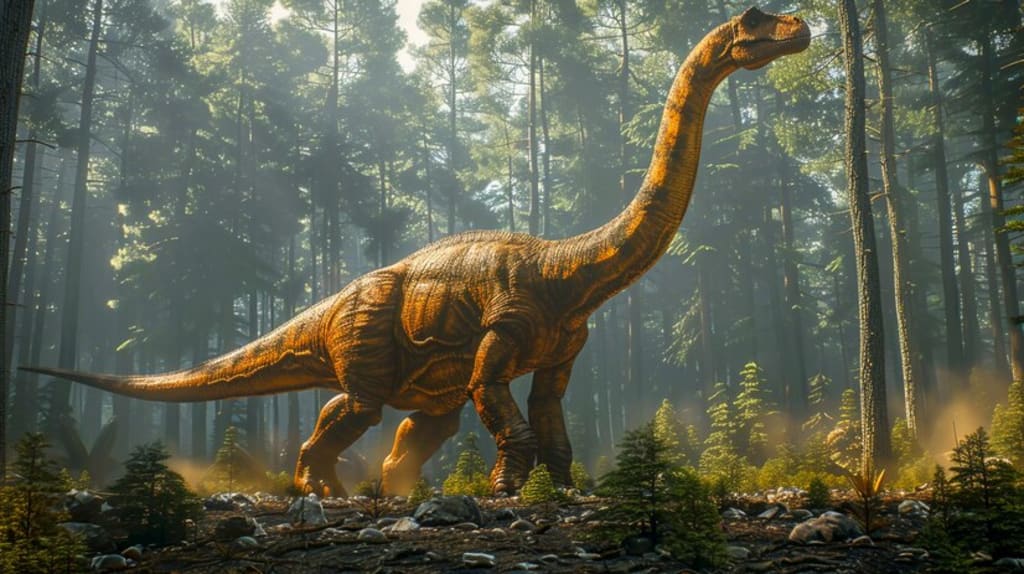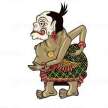"Life of Sauropods in the Mesozoic Era: A Glimpse into the World of Giant Herbivores"
"Exploring the Ecology and Evolution of Mesozoic Sauropods"

In the Mesozoic era, sauropods dominated the land. They were giant, scaly reptiles that lived approximately 150 to 65 million years ago. Their lives were filled with unique challenges and struggles in a world vastly different from what we know today.
### Habitat and Environment:
Sauropods inhabited various habitats, ranging from floodplains to swampy forests and high plateaus. They occupied regions largely untouched by other creatures due to their immense size and slow movement. The Mesozoic environment was filled with ferns, conifers, and early flowering plants, providing abundant food for sauropods.
### Social Structure:
Sauropods lived in small or large groups, depending on the species and environmental conditions. They may have had social hierarchies, with certain individuals having advantages in accessing resources. Scientists believe that some sauropod species formed family groups, with adults and their offspring living together to protect each other from predators.
### Feeding Patterns:
With their large bodies and long necks, sauropods were herbivores. They used their massive teeth to strip and chew tough plants such as ferns and coniferous plants. To obtain enough food, sauropods had to range far and wide, often leaving distinct tracks in their landscapes.
### Protection Against Predators:
Despite their large size giving them an advantage against many predators, including carnivorous dinosaurs like Allosaurus, sauropods still had to be wary. They relied on herd strength and may have developed defense strategies to protect themselves and their young. Meanwhile, some species, like Brachiosaurus, may have had heights allowing them to evade ground-based predator attacks.
### Reproduction and Offspring Care:
While the details remain somewhat mysterious, scientists believe sauropods laid eggs and may have produced them in large quantities. Care for offspring may have been minimal, with eggs left to hatch and dinosaur offspring needing to be self-sufficient soon after hatching. However, some species may have exhibited higher levels of parental care, especially in protecting against predators.
### Adaptations to the Environment:
Sauropods developed various adaptations to survive in harsh and diverse environments. One of the most notable adaptations was their large body size, which may have provided them an advantage in retaining body heat in fluctuating climates. Additionally, their long necks allowed them to reach tall vegetation inaccessible to other herbivorous animals.
### Climate Change:
Like all living creatures, sauropods had to face climate changes occurring over millions of years of their existence. Temperature changes, humidity, and rainfall patterns likely affected food and water availability, as well as impacting their reproductive success. However, their ability to adapt to changing environments helped them survive for long periods.
### Extinction:
Although sauropods were once dominant creatures in the Mesozoic era, they eventually became extinct at the end of that period, around 65 million years ago. Various theories have been proposed to explain their extinction, including climate change, major volcanic activity, and asteroid impact. Nevertheless, the extinction of sauropods undoubtedly marked the end of an era in Earth's history filled with majestic and awe-inspiring creatures.
About the Creator
Sugi harto
reading and writing opens up world views
Enjoyed the story? Support the Creator.
Subscribe for free to receive all their stories in your feed. You could also pledge your support or give them a one-off tip, letting them know you appreciate their work.






Comments (1)
we shared a similar interest in dinos... nicely arranged